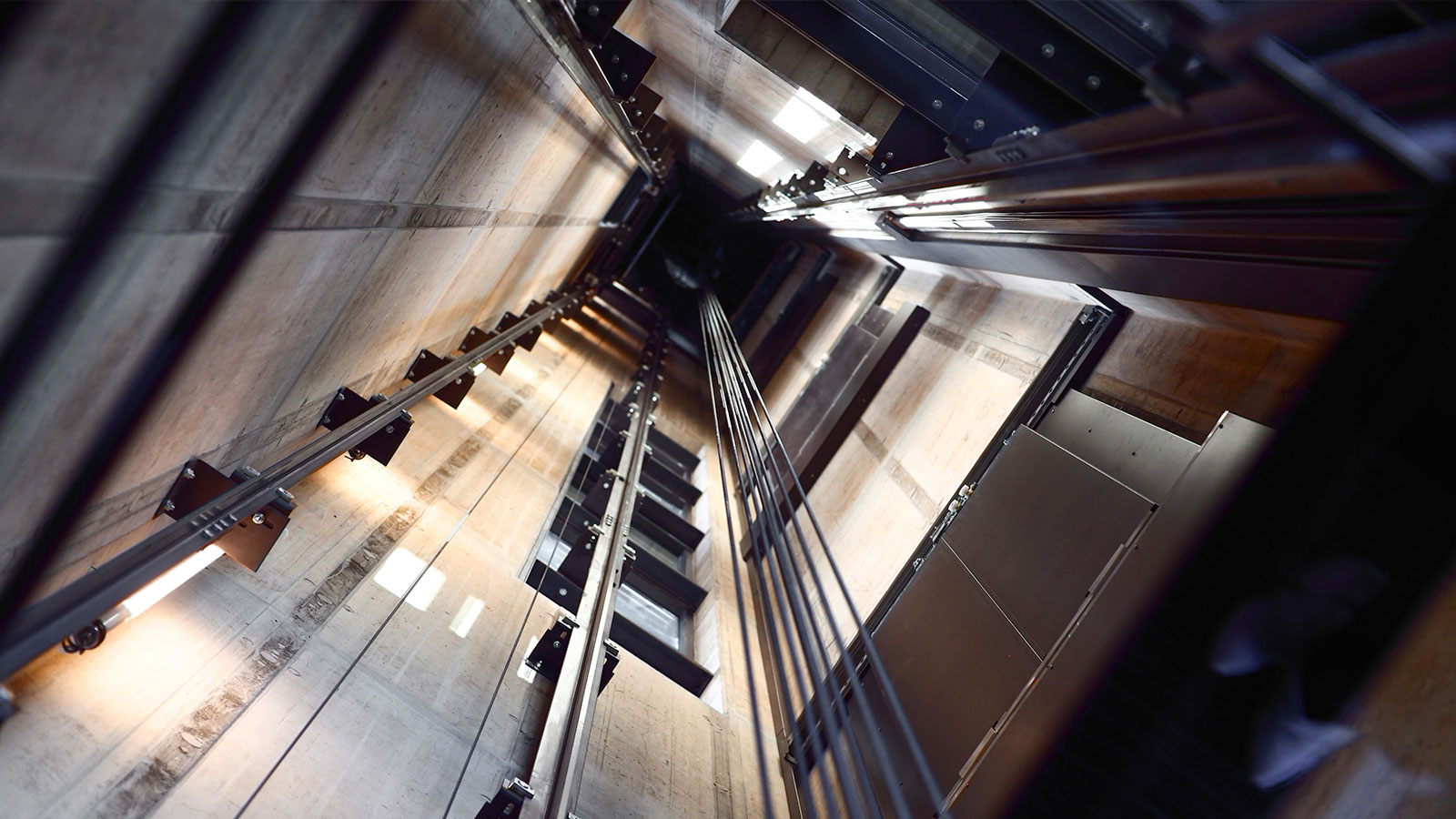To ensure compliance with safety regulations, a secondary source of power is required to feed all emergency evacuation lifts. UPS systems can offer many advantages, yet in the past they have been overlooked, says Power Control Ltd.
UK legislation, such as that of the BS 9999 Annex G (fire regulations) standard, specifies that all lifts intended for evacuation purpose must have a secondary source of power. In many cases, providing a secondary mains feed simply isn’t feasible, so as a result, the uninterruptible power supply industry has seen a significant rise in the number of enquires for BS EN 50171-compliant UPS systems, generators, or a combination of both.
The regulations also stipulate that these alternative power sources must be independent to those of the building’s critical infrastructure, meaning an autonomous backup power supply exclusively for the emergency lift system.
During normal operating conditions, emergency evacuation lifts should be available as a passenger lift, as well as providing occasional goods transportation. In the event of a power outage and with an authorised person present, these lifts are used to provide an evacuation route with priority to disabled persons and those who are unable to use the stairs to safely exit the building.
With facility managers becoming increasingly safety conscious, Power Control is keen to remind them of the ‘hidden’ considerations that cannot be missed. The company’s special applications director, Matt de Frece, says, “Many people often overlook that in certain specific applications, there may be a need for a third level of backup power. For example, often sports stadiums run on generator during games.
“If the site has a mains power cut while running on a generator, the majority of guests can remain and enjoy the event. However, at this time there is only one power supply to the emergency evacuation lifts, so if disabled guests are reliant on a lift to exit the building, they would need to be asked to leave, which could be viewed as discriminatory. Installing a UPS in this application would prevent this scenario.
“In some circumstances, a UPS solution is preferable as it is easier to install into the lift plant room, often located at the top of the lift chassis. The logistics associated with installing a generator onto the top floor of a high-rise building can be costly and the space-saving benefits of a UPS system appeals to building managers.”
Healthcare estates is another sector that requires a secondary and tertiary level of back up power, meaning a generator must coincide with a UPS system. Regulations specific to healthcare facilities stipulate that generators are to be tested under load at least once a month for 30 minutes, plus warming up and cooling down periods. During this period, only one supply of power would be supporting the lift and if this was to be disrupted then the lifts would not be operational.
Regardless of whether it’s a UPS or generator, these power supplies must operate the lift for either 60 minutes or three hours, depending on the evacuation plan and whether immediate evacuation of the premises is possible. For example, hospitals and care homes require a longer evacuation process and so would need backup power for at least three hours.
The emergency lift must be provided with communication networks from the plant room to the lift car and the main floor. It’s recommended that the lift control panel is also fitted with a smaller, single phase UPS to resume communication during a power outage. The plant room typically requires a standalone three-phase UPS system compliant with BS EN 50171 standard to provide backup power to the lift motor.
UPS systems being used to support emergency evacuation lifts must have safeguards in place to deal with the regenerative load, a common occurrence with lifts when the UPS has no load from other equipment. Regenerative braking generates a potentially damaging back-EMF onto the DC Bus within the UPS, causing the lift’s motor to feed power in the wrong direction. Most lifts are sufficiently counter-weighted to minimise this effect but a load bank is still recommended by UPS specifiers and installers.
Depending on the size of the premises and the number of lifts requiring support, a three-phase UPS of 10kVA to 160kVA capacity is sufficient to replicate the mains supply normally serving the lift. This provides the ability to run the lift at normal speed and enough capacity to complete a required number of journeys, meeting BS 9999 regulations.

